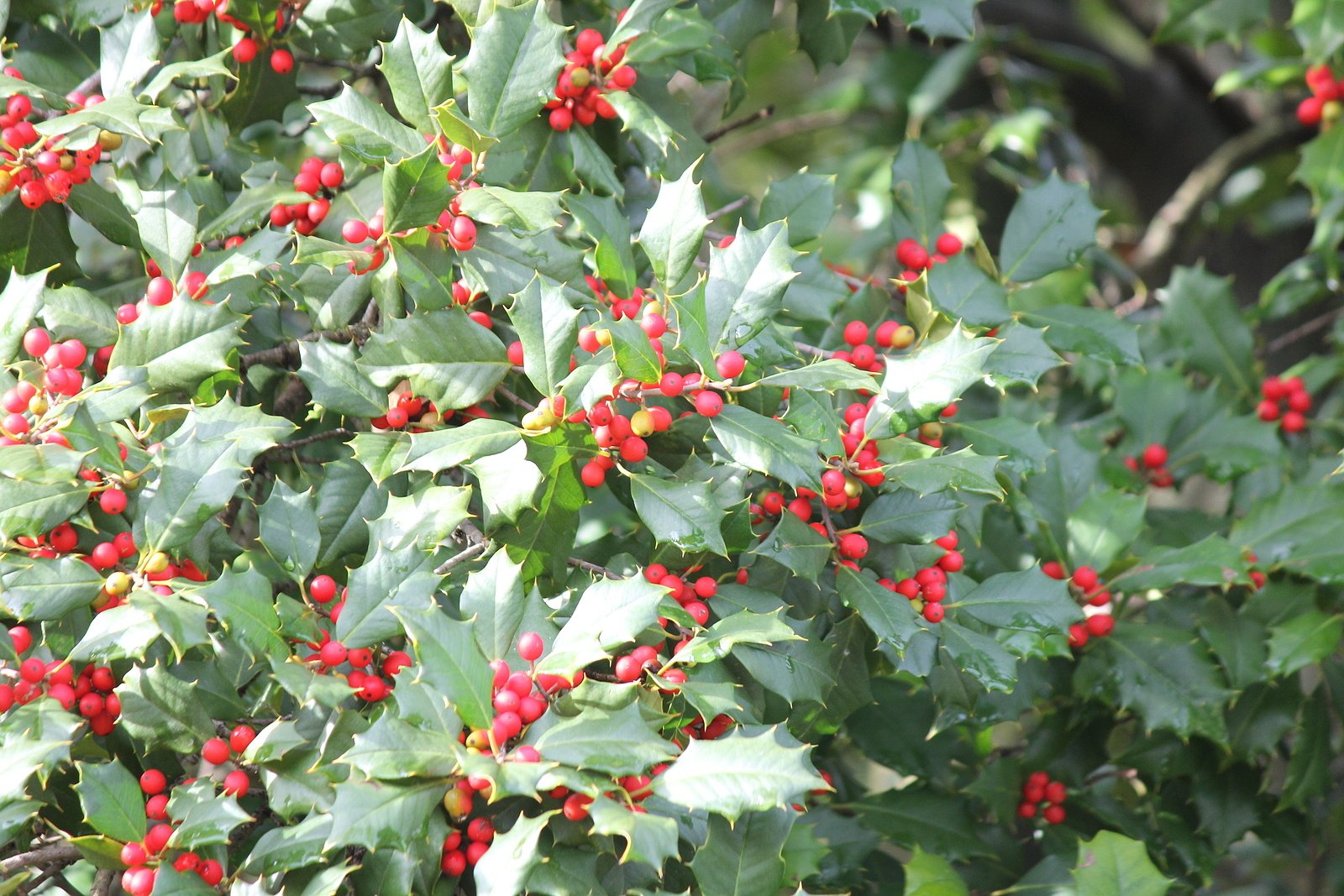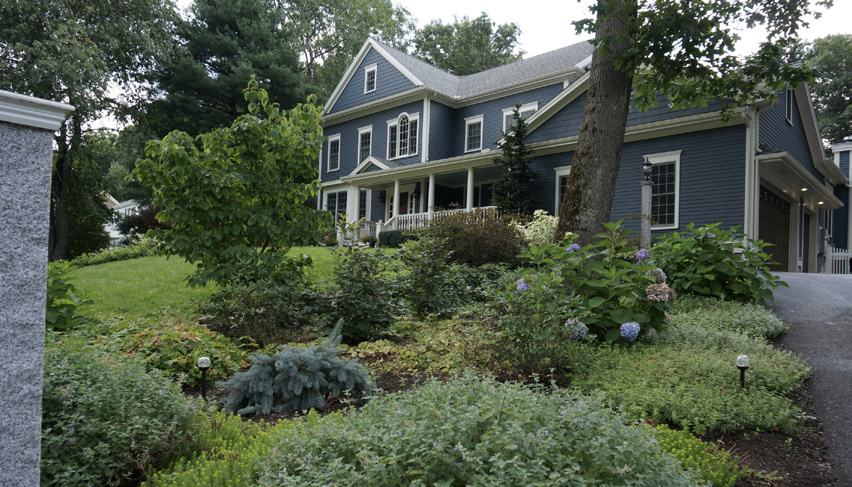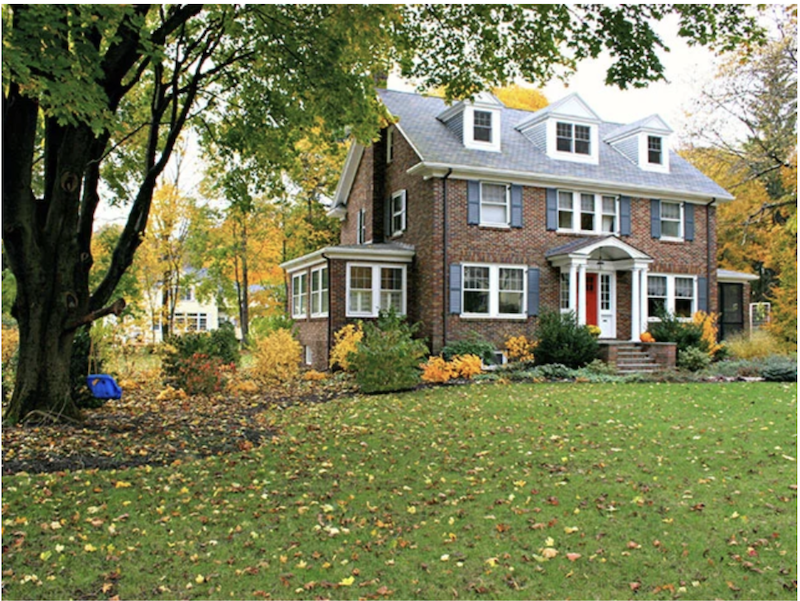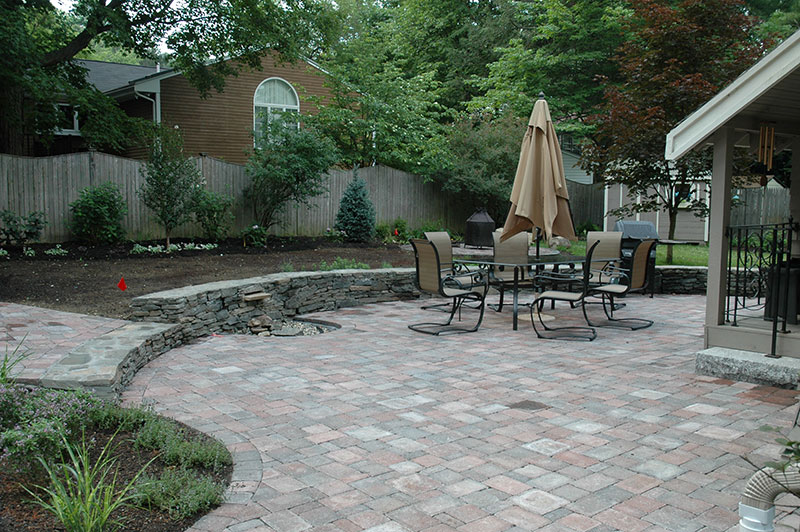During the summer, when you find yourself working hard to keep up with your lawn’s water needs, you may have wondered if installing an irrigation system could be the key to simplifying your lawn maintenance. For many homeowners, that answer is, “Yes.” To achieve the best results, the fall season is an excellent time to get started.
Installing an irrigation system in the fall allows you to start the next season with the tools you need to streamline the watering needs of your lawn care. Irrigation system installation can make taking care of your lawn and garden much more convenient, leaving you more time to enjoy the fruits of your labor.

In addition, adding a new sprinkler system installation in the cooler months, after the heat of the summer months is over and before winter dormancy, is the best option for keeping your lawn healthy with the right amount of water while avoiding the disruption of growth.
The Benefits of Installing an Irrigation System in the Fall
Fall brings relief from the summer heat, and we aren’t the only ones who benefit from cooler temperatures. Any disturbance to your lawn has the potential to introduce stressors that could slow or damage the growth of your grass or other plants.
Waiting for cooler temperatures before digging into or otherwise disturbing your yard can reduce stress on the lawn because your grasses won’t already be struggling to retain moisture in the extreme heat.
By installing your irrigation system in the fall, you’re also able to prepare for next spring’s growing season without affecting your lawn’s growth.
If you were to put off installing your system until next spring, you could potentially lose valuable weeks of growing time by digging into your lawn’s tender root system. Already having an irrigation system in place when the growing season begins will encourage new spring growth.

Fall installation of an irrigation system will cause less overall disruption to your lawn, because grasses grow more slowly at this time of year due to cooler temperatures and fewer hours of sunlight.
While any digging that’s done in your established lawn could dampen your lawn’s growth a bit, since growth is slower during this time of year, any stunting caused by irrigation installation will be much less noticeable than if it was done in the spring.
Another good reason to install an irrigation system in the fall is that soil is typically softer this time of year than it is in the summertime. Increased rainfall helps to soften the dirt, making installation so much easier.
We have moved away from the long hours of intense summer sun, which can cause such quick evaporation that soil swiftly becomes hard and impenetrable. The gentler sunshine of this season, paired with increased moisture, will lead to softer soil that’s easier to work.
While installing your irrigation system in the cooler temperatures of fall makes the most sense, we can’t forget that temps that are too cold can negatively impact your water system. That’s why it’s important to note that winterization will be required to prevent your new irrigation system from being damaged due to freezing pipes.

It’s possible for homeowners to DIY the winterization of their irrigation system, but it’s recommended to hire a professional to prevent damage to your new system.
If you work with a landscaping company from the beginning of this project, you can get professional help to best customize your irrigation system’s installation. This will ensure that your irrigation system will fit your lawn’s layout, as well as provide the correct amount of water for your landscape.
Additionally, local regulations require a water line backflow preventer to be installed in any irrigation system, which prevents dirty, contaminated water from the outdoors circulating back inside the home.
In Massachusetts, it is required that a backflow preventer be installed by a licensed plumber. An established landscape company will have the professional connections to manage this part of the installation process, eliminating a hassle for homeowners.
What Are the Types of Irrigation Systems for Home Landscapes?
There are a lot of options out there when it comes to home irrigation systems. Setups vary greatly, and can be as simple or complex as needed to meet your lawn’s watering schedule. These are just some of the most common types of irrigation systems for residential lawns:
Sprinkler Systems

Sprinkler systems can be installed in any imaginable configuration in your lawn. You or a professional can install sprinklers in any pattern you require, and with most sprinkler systems, individual sprinklers can be moved around to suit your lawn’s needs as they change throughout the seasons.
A new sprinkler system can be a good option for a lawn that does it all. Sprinkler heads can be focused on seeds in the spring or fall, or can be moved to accommodate a vegetable garden or rows of fruit in the spring and summer. When entertaining, most sprinklers can be set to not spray or be pointed away from your outdoor seating areas.
Drip Irrigation

Drip irrigation is an excellent choice for a homeowner who wants to grow their own food, but doesn’t want to drag hoses throughout the growing seasons. Drip irrigation allows watering to occur close to the root systems of your plants while avoiding wetting leaves and fruit, thus preventing rusts and other fungal diseases from developing.
In-Ground Irrigation

In-ground irrigation requires the most work at installation, but when your irrigation system is not running, this type of system is almost undetectable. The installation process involves setting retractable lawn sprinkler heads into your soil, where they can be hidden when not in use. This is a great option for those who really value a natural aesthetic and want their lawn to be well-watered while looking effortless.
Surface Irrigation

Surface irrigation takes advantage of gravity to cause water flow. This can be set up using a rain barrel or with stored waste water. After water has been collected, it is allowed to flow down through a system of pipes and released into the area requiring watering. When using this type of irrigation, it’s difficult to control the volume or rate of water application, but it is very eco-friendly thanks to how the water can be sourced.
A new irrigation system is an excellent way to provide your landscape with the deep, regular watering it requires to thrive. Fall is an ideal time to install a system, thanks to its temperatures, soil conditions, and lawn growth.
For the best results, it’s critical for homeowners to work with a professional. A landscaping company can ensure proper, efficient installation that can sufficiently meet the watering needs of the service area. Not only will a professional have the necessary know-how needed for installation, but will have the tools and knowledge for proper sprinkler maintenance as needed.
To learn more about how professional maintenance can help you create a home landscape you'll love, download our free ebook, How to Maintain Your Landscape and Transform It Into a Beauty You'll Love.
If you're ready to take the next step for your home landscape project, you can contact us here to schedule a consultation with our team.












































